1. High-Thread-Count Sheets
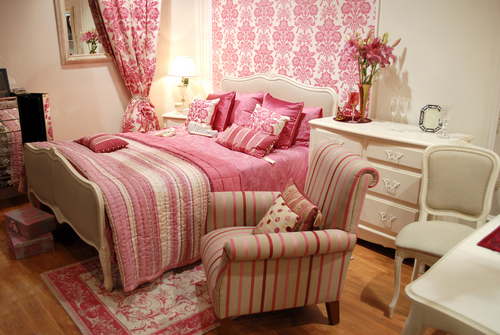
There’s a simple, immediate luxury in sheets that feel smooth against your skin. Choosing long-staple cotton or linen with a higher thread count gives the bed a cleaner, more refined look without changing the rest of the room. These fabrics wick moisture and soften over time, which makes sleeping feel like a nightly upgrade. Investing in two good sets also reduces wear and keeps the bed looking hotel-ready.
A neatly made bed with crisp sheets visually anchors the whole bedroom. When sheets are fitted and wrinkle-free they make even a small room appear more polished and intentional. That sense of intentionality registers as luxury because it signals care and consistency. It’s an inexpensive change with high visual payoff.
2. Fresh Flowers
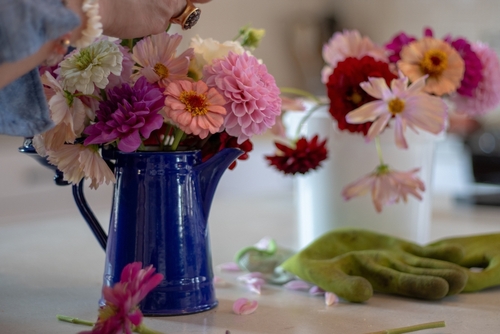
A small bouquet can change the mood of a room in minutes. Flowers add color, a natural focal point, and a transient kind of beauty that feels curated rather than cluttered. They introduce texture and scent, which multi-sensory touches make a space feel richer. Swapping inexpensive stems weekly keeps the effect constant without breaking the bank.
Placing flowers in a simple, clean vase makes them read like a design choice rather than an afterthought. Even grocery-store blooms, if trimmed and arranged with care, read as intentional styling. This tiny ritual — bringing flowers home — creates the lived-in-but-luxurious feeling. It’s a human detail luxury brands replicate to make spaces feel cared for.
3. Quality Lighting

Layered lighting—ambient, task, and accent—completely changes how we perceive space. Swapping a harsh bulb for a warm LED and adding a few lamps creates depth and sculpted pockets of light in a modest room. Dimmable fixtures let you shift mood from bright and practical to soft and cinematic in seconds. Good lighting also highlights architectural details and artwork, making small investments punch above their weight.
A well-placed lamp or sconce also improves function in addition to style. It makes reading corners usable and kitchen counters safer, which feels luxurious because it removes friction from daily life. Choosing fixtures with a simple, classic silhouette keeps the look timeless. Lighting is one of the most cost-effective ways to make modest rooms read as intentional and high-end.
4. Plush Towels

Swapping thin, faded towels for thick, absorbent towels elevates the bathroom instantly. Towels with a good GSM (grams per square meter) feel denser and more substantial, and they dry efficiently when hung properly. Folding them neatly on open shelves or rolling them in a basket communicates abundance without needing a big budget. Quality towels are one of those tactile luxuries that you use daily and notice every time.
Displaying towels thoughtfully makes a small bathroom feel like a spa. Choose neutral colors that coordinate with your palette so the towels read as part of the design. Even a single folded luxury towel on a counter suggests attention to detail. It’s a small swap with everyday sensory payoff.
5. Statement Mirror
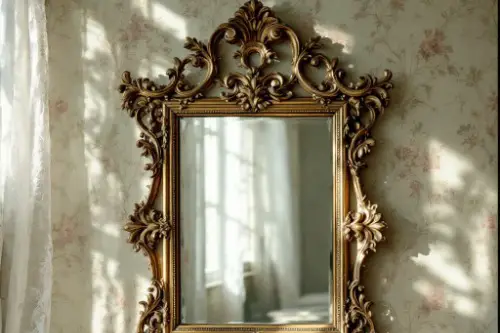
A larger mirror does two obvious things: it reflects light and enlarges a space visually. Choosing a mirror with a considered frame — simple metal, polished wood, or a subtle bevel — creates a focal point that looks custom. Mirrors placed opposite windows or lamps double natural and artificial light, brightening the whole room. That extra brightness and perceived square footage make modest rooms feel grander.
Mirrors also add formality when styled above mantels, entry consoles, or dressers. A well-proportioned mirror balances furniture and gives the eye a resting point. It’s an inexpensive architectural trick designers use to add scale and polish. The result is a room that feels deliberately finished.
6. Area Rug Anchoring

An area rug can read as a foundation for furniture and instantly makes a space feel collected. Choosing the right size — big enough that front legs of furniture sit on it — gives a sense of cohesion and scale. A rug with subtle pattern or texture hides wear and creates layers, which is a hallmark of high-end interiors. Even in open-plan modest homes, rugs create ‘rooms’ and lend a sense of purpose.
Rugs also add warmth underfoot, which increases comfort and perceived value. Natural fibers like wool or jute hold up well and age gracefully when maintained. Anchoring your seating or bed with a rug makes the layout read as intentional rather than improvised. This simple change elevates the whole room’s composition.
7. Clutter-Free Storage Solutions

Visible clutter immediately makes even a well-designed room feel small and chaotic. Adding closed storage — baskets, low cabinets, or multifunctional furniture — keeps surfaces clean and the eye uncluttered. Systems like drawer organizers and labeled baskets make daily tidying easy and sustainable. When a home feels organized, it reads as cared-for and therefore more luxurious.
Hidden storage also increases the functional calm of a space. Bench seating with storage, ottomans with lids, and shelving with doors let you store essentials out of sight. The absence of visible mess signals that things belong in their place. That automatic order contributes heavily to a palatial feeling without renovation.
8. Signature Scent

A consistent, pleasant scent ties a home together the way a theme ties an outfit together. Using a diffuser, reed sticks, or a well-made candle creates an olfactory identity that guests notice before they comment. Choose a few complementary scents for different zones — fresh citrus for the kitchen, calming lavender for the bedroom — and you elevate everyday moments. Scent is subtle but powerful because it triggers memory and mood quickly.
Quality candles or essential oils don’t need to be expensive to be effective. A small nightly ritual of lighting a candle or running a diffuser feels indulgent and intentional. Scent signals hospitality and care, which are core to a palatial feeling. It’s also a sensory layer that can’t be faked visually.
9. Lined Draperies

Floor-to-ceiling drapes, especially when lined, create height and softness in any room. Lined curtains block light and insulate, improving comfort and privacy while giving windows a finished look. Hanging the rod a few inches above the frame and extending it beyond the window makes the entire wall feel taller. The visual result is graceful, which registers as luxury even in modest spaces.
Choose neutral, textured fabrics that hang well instead of loud patterns that dominate a small room. A soft linen or heavyweight cotton with a subtle weave looks tailored without fuss. Drapes also conceal imperfect windows or blinds, smoothing the visual field. The added warmth and scale make rooms feel thoughtfully designed.
10. Upgraded Hardware and Fixtures

Swapping dated knobs, pulls, or faucet handles instantly modernizes cabinets and bathrooms. Small metallic finishes — brushed brass, matte black, or polished nickel — read as considered details and tie a room’s style together. New hardware is inexpensive compared with cabinetry replacement but has an outsized visual impact. Cohesive finishes across a home create the feeling of a single, curated design.
Replacing light switch plates, drawer pulls, and towel bars in one quick update is surprisingly transformative. These are tactile points people touch daily, so they contribute to the sense of quality. When hardware is aligned in finish and style, the whole home feels coordinated. This kind of housekeeping is quick but reads as high-end.
11. Layered Bedding and Throws

Layering textures on the bed — a duvet, a throw, and a couple of Euro shams — gives depth and an editorial look. Different fabrics like linen, cashmere-blend throws, or a textured quilt add visual interest and tactile contrast. A folded throw at the foot of the bed communicates comfort and hospitality without clutter. These small additions make the bed look deliberately styled, like a boutique hotel.
Layering also increases versatility: remove or add pieces by season or mood. This flexibility makes the bedroom feel adaptable and thus more luxurious. Mixing neutrals with a single accent color keeps the look calm and cohesive. The result is a bedroom that feels both lived-in and carefully edited.
12. Framed Art or a Cohesive Gallery Wall
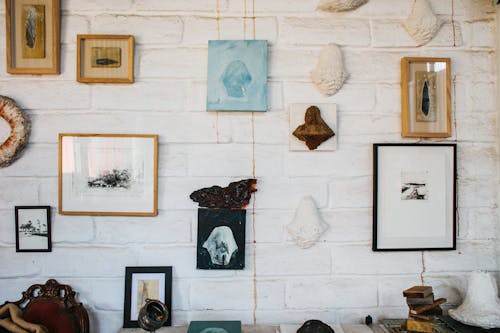
Art personalizes a space and shifts a plain wall into a statement feature. Framing affordable prints or photos creates a gallery effect that looks curated and expensive when proportions and spacing are consistent. A well-thought-out art arrangement draws the eye away from a room’s small size and toward its personality. Art is also a simple route to color and theme without buying new furniture.
Choose frames that match or deliberately contrast to create a unified look. Keeping mat sizes consistent across smaller pieces makes a cheaper print collection read as a professional installation. Swap pieces seasonally or as your taste evolves to keep the home feeling fresh. Art makes a modest home feel edited and intentional, which is a key ingredient of palatial styling.
13. Decorative Trays and Styling Vignettes

A tray on a coffee table, dresser, or vanity immediately makes items look curated instead of scattered. Grouping a candle, a small vase, and a book on a tray controls visual clutter and makes everyday objects look intentional. Trays also protect surfaces and make cleaning or moving items easier when you need to clear space. This small staging habit is a designer trick that suggests abundance and restraint at the same time.
Vignettes should use odd numbers and varying heights to feel natural rather than contrived. Rotating small items seasonally keeps the look lively without major changes. A single well-arranged tray signals that the space is styled with purpose. It’s a micro-investment that multiplies perceived value across a room.
14. A Large, Healthy Houseplant
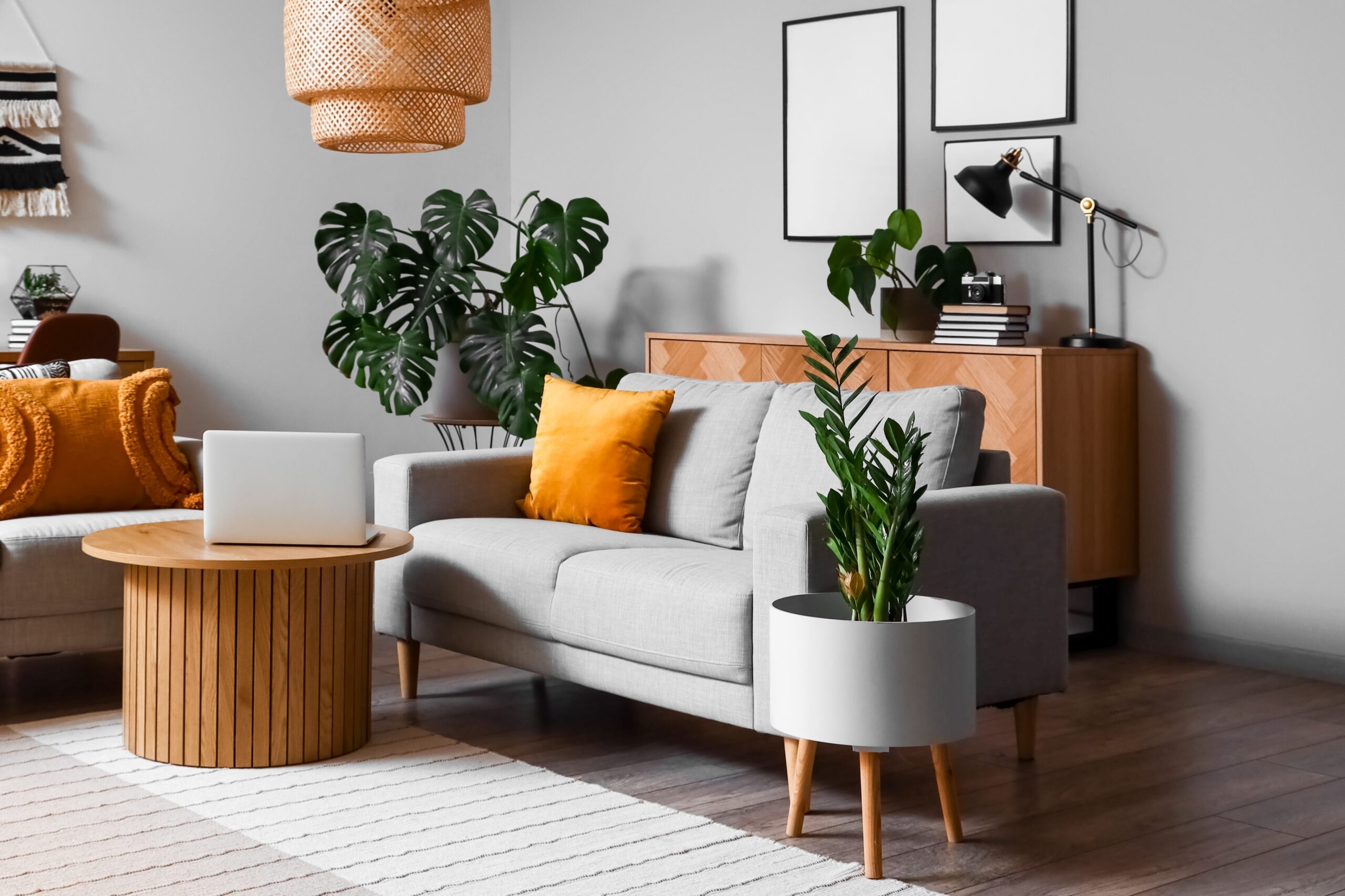
A single large plant — a ficus, rubber plant, or tall palm — brings scale, movement, and life to a room. Plants improve air quality modestly and make interiors feel more lived-in and cared for. The visual presence of greenery fills vertical space and softens angles, which adds softness and a sense of abundance. A well-chosen planter and healthy foliage read as a design decision rather than clutter.
Keeping the plant healthy is part of the luxury: proper light, watering, and occasional pruning make it look intentional. If a big live plant is impractical, a high-quality faux with realistic scale can still deliver much of the effect. The key is proportion and placement so the plant integrates with furniture and sightlines. Plants add an organic layer that feels inherently high-end.
15. Smart Thermostat and Small Tech Comforts

A programmable or smart thermostat makes temperature control effortless and elevates daily comfort. Being able to come home to a pre-warmed living room or a cool bedroom is a subtle but very real luxury. Small tech upgrades like a quality Wi-Fi speaker, smart plugs, or motion-sensor night lights reduce friction in daily routines and feel pampering. These conveniences make a modest home operate like a well-run hotel.
Technology that simplifies life is a modern version of luxury because it saves time and mental energy. Choose discreet, well-integrated devices that don’t shout “gadget” but instead disappear into the background. Properly set automation can also save energy, which is both practical and responsible. Comfort that’s invisible but reliable is one of the surest signs of a palatial-feeling home.
This post 15 Small Luxuries That Make a Modest Home Feel Palatial was first published on Greenhouse Black.
